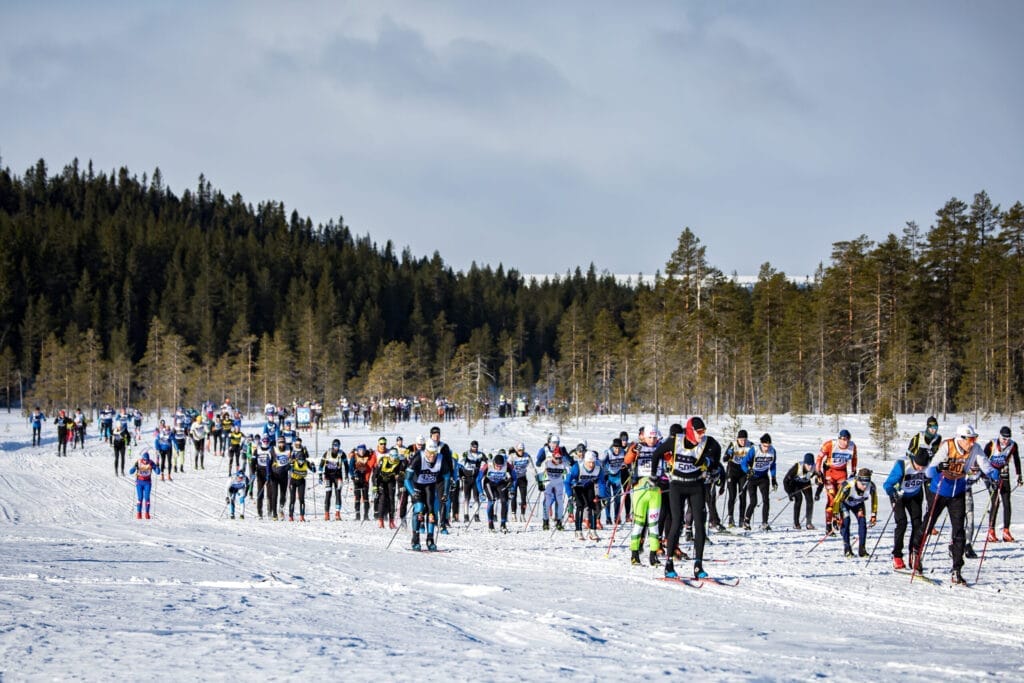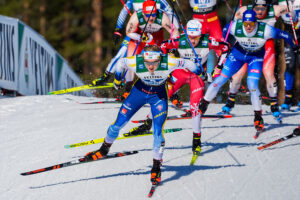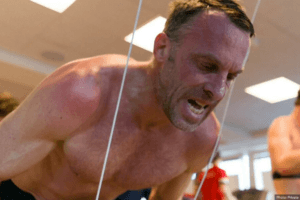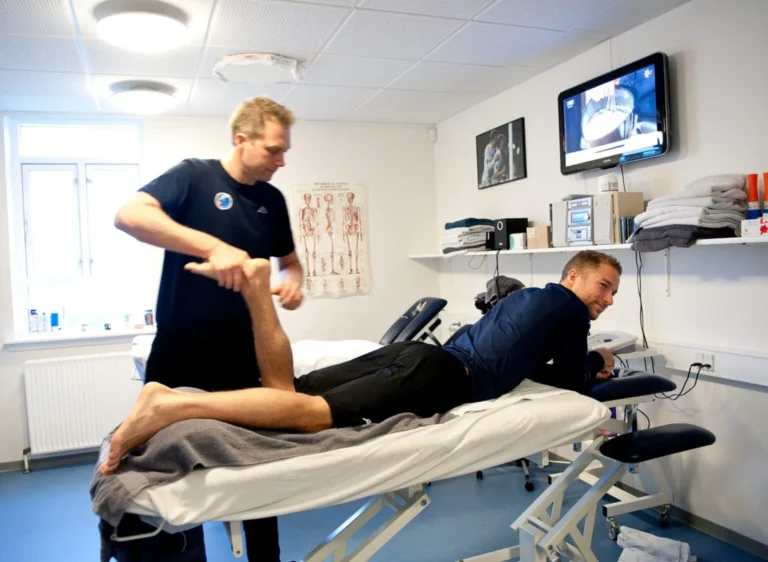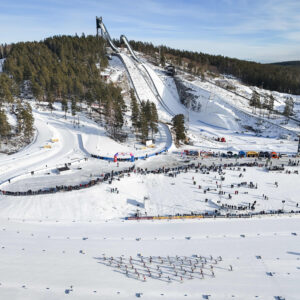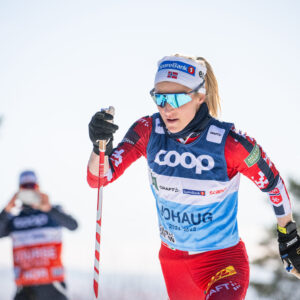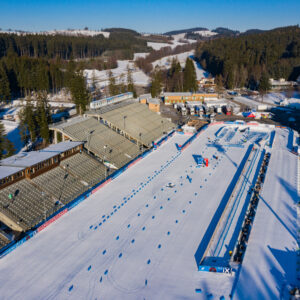Training for Vasaloppet: Who says there are no shortcuts?
Two types of people line up at the start of Vasaloppet: Those who register and prepare for it and those who register and don’t think about it until the race.
With just over two months until Vasaloppet, there’s a sea of time to lay the foundation for a great experience between Sälen and Mora, whether you’re chasing a new personal best or aim to tackle the ninety kilometers with style.
“After having coached athletes at all levels for a couple of decades, I’ve noticed there are two types of people who start at Vasaloppet: Those who sign up and prepare for it, and those who sign up and don’t give it another thought until the race,” says Vasaloppet guru Erik Wickström to Langrenn.com, adding:
“If you belong to the first category, there’s a much higher chance you’ll have a good experience and want to come back, compared to those in the second category.”
Erik Wickström, author of several books on cross-country skiing and training, speaker, and host of the podcast “Lagom Kondition” aimed at beginners and amateurs, now offers training guidance for athletes at all levels (except elite racers) through his enterprise Wickström Coaching.
Read More – Chloé Hansson: From Spotify star to Ski Classics Pro Tour athlete
No Need to Panic
Those who have trained steadily and put in three to five varied sessions a week through the summer, autumn, and pre-Christmas season probably have a solid foundation now in terms of endurance and strength. Well done if you’re one of them, and keep up the same style. Now is the time to use and build further on this foundation.
But if you’re not one of them, there’s no need to panic. There’s still plenty of time until Vasaloppet on March 3.
“Most of those who sign up for Vasaloppet ski little, don’t own roller skis, and don’t train very much. But they still make it to the finish,” says Wickström.
Related content: Improve your classic cross-country skiing – here are five technique videos
The Perfect World vs. Everyday Life
Ideally, you should put in a good amount of training each week, divided into a varied mix of long tours, intense sessions, and strength training.
But Wickström fully understands that this isn’t compatible with life and daily routines for everyone. He emphasizes that any training counts, especially if you can do it reasonably regularly.
“If you manage to fit in a couple of sessions a week, that’s completely fine. And if they’re not ski sessions, that’s also okay. Try to keep yourself in decent shape, regardless of the activity you choose,” he says.
There Are Shortcuts
Wickström also debunks the ingrained myth that “there are no shortcuts.”
“Of course, there are shortcuts. The best one is called February,” says Wickström.
“The most important thing is to ski as much as possible in the last month before the race. If you haven’t managed to do the training you hoped for throughout the year, there’s a lot to gain from a real last-minute effort. It’s not a strategy I recommend for public health, but this shortcut gives most a good boost in the short term,” says the Vasaloppet guru, summarizing:
“My best advice is to ski a lot in February and don’t plan other major projects like renovating your kitchen in the last month before Vasaloppet. And that applies to everyone going the ninety-kilometer classic, whether you’ve trained steadily and systematically all year or need to make a last-minute effort.”
Also Read: Speed endurance training – develops capacity, speed, and mental resources
Vasaloppet Guru’s Three Key Tips:
- Train steadily and systematically and do what you can: Every hour of training counts.
- Ski a lot in February.
- Don’t plan other major projects like renovating your kitchen in the last month before Vasaloppet.
